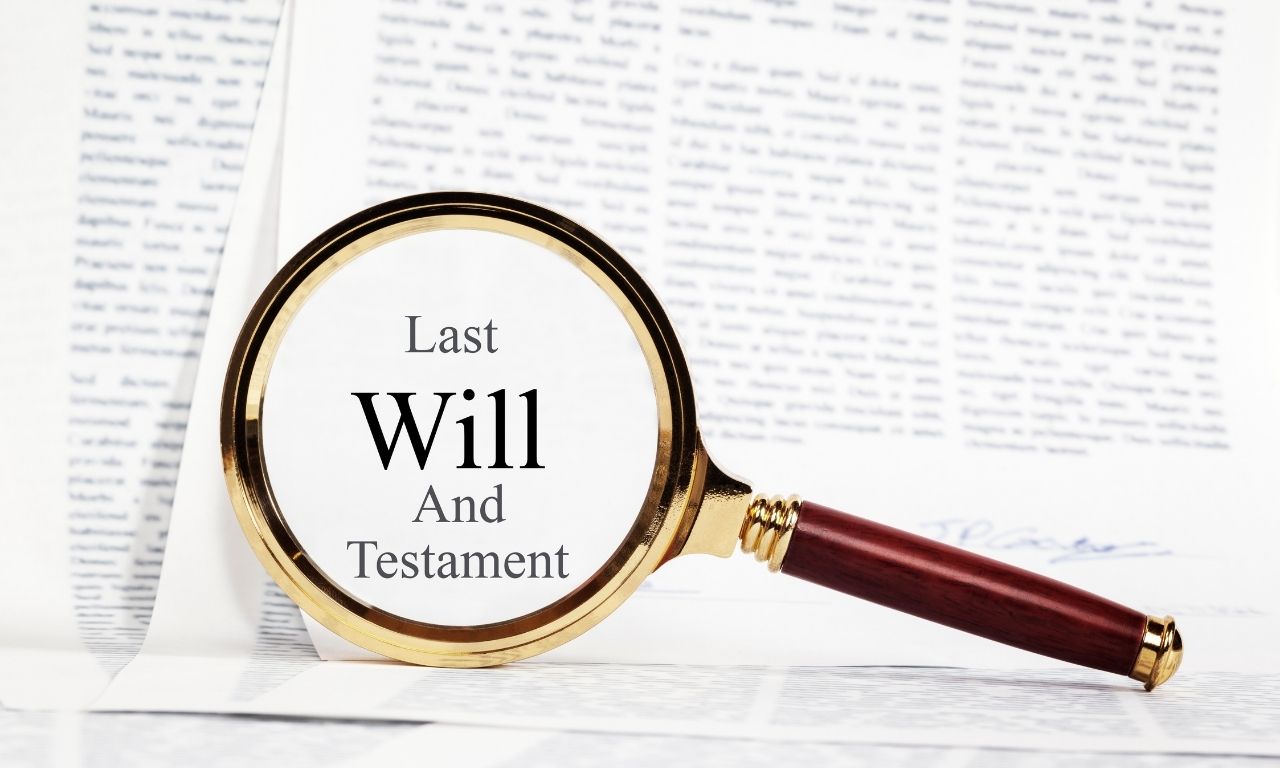What must a will have to be valid?

Essential elements of a holographic will be required under penalty of nullity. In the article “How to make a will without a notary,” we explained that there are two main forms of wills: the “public will,” made in the presence of a notary, and the “holographic will,” made by oneself, without assistance, on plain paper and without formalities.
In this article, we will explain what a will must have to be valid, specifically referring to the holographic will. The drafting of a public will is the responsibility of the notary, who takes care of everything necessary to make the testator’s last wishes valid, so the testator does not have to worry about anything. That is why, despite the notary’s fees not being particularly excessive (most notaries charge between 1,000 and 2,000 euros), making a notarial will is always advisable.
In this brief guide, assuming the reader knows that to make a holographic will, all you need is a sheet of paper and a pen, and that the validity of the document depends on the fact that the writing is entirely done by hand by the testator, we will explain the elements that must never be missing in such a document, under penalty of nullity. But let’s proceed in order.
To create a holographic will, the interested party must be of legal age and in full capacity to understand and decide. Holographic wills are not allowed by minors or individuals who are incapacitated or unable to understand and decide at the time of drafting the document. However, this does not mean that the document must necessarily begin with the classic formula, “I, the undersigned <…>, in full possession of my mental faculties…“. In fact, a holographic will is always presumed to be made by a capable subject, unless proven otherwise by those contesting its validity. Therefore, this formula is not necessary, and in its absence, the document is still valid.
How should a holographic will be written?
The holographic will must be entirely handwritten by the testator. “Holographic” derives from ancient Greek and is composed of two parts: “holos,” which means “whole” or “entire,” and “graphein,” which means “write.” Literally, “holographic” can be translated as “entirely written” by the author’s hand.
In legal terms, when referring to a “holographic will,” it means a type of will that has been entirely written, dated, and signed by the testator, the person expressing their wishes regarding the distribution of their assets after death. The main characteristic of this document is its handwritten nature: it cannot be drafted using mechanical or electronic tools but must be completely handwritten to be valid.
This means it cannot be written on a computer or typewriter, nor dictated to others. For example, if Mario decides to write a holographic will, he must do it personally with a pen on paper, without the use of mechanical or electronic means. For the same reason, a holographic will sent via email or written in a word processing software and digitally signed is not valid.
Is a specific formula required?
There is no specific formula for a holographic will, but it is essential that the testator’s wishes are clear and unambiguous. For example, if Paola wants to leave her beach house to her son Marco and her jewelry to her daughter Chiara, she must write these provisions clearly, without ambiguity. She could also write, “I leave all my assets to my two children, naming them universal heirs,” indicating that each of them will receive 50% of each asset. In this case, a joint inheritance will be created, which will continue until the two agree on the division of assets. In the absence of an agreement, the division will be determined by the court.
A testator who wishes to avoid the complications of joint inheritance (which could lead to disputes among heirs) can also specify which specific assets are left to each heir. However, the testator must be careful (hence the recommendation to seek advice from a professional such as a notary or lawyer): they cannot leave the spouse and children with less than the legal share (known as the statutory share). If they do so, the statutory heirs who have received less than their legal share can challenge the distribution in court within 10 years of the testator’s death, and if that is not enough to reclaim what is rightfully theirs, they can also contest any gifts made by the testator during their lifetime.
To know the statutory shares entitled to statutory heirs (spouse and children or, in the absence of children, parents), read our guide: What are the statutory shares.
What elements must not be missing in the holographic will?
The essential elements of a holographic will are the date and the testator’s signature.
The date is crucial because, in the presence of multiple wills, the last one drafted will be the only valid one and will invalidate the others (unless the last one disposes of assets that were not mentioned in the previous ones).
The signature confirms the authenticity and intent of the testator.
The signature and date must be placed at the end of the document. Anything written after the signature and date has no legal value.
Is it necessary to authenticate the signature in the will?
No, a holographic will does not require authentication by a notary. However, once written, it is advisable to keep it in a secure place. It can be given to a relative or a friend (even if they are not one of the heirs). Alternatively, it can be deposited with a notary to ensure that it is found and respected after the testator’s death.
What happens if the validity requirements are not met?
A holographic will that does not meet the validity requirements (e.g., lack of signature or date, or incomplete handwriting) may be considered void, with the consequence that the distribution of assets will follow the legal rules of intestate succession (according to the predetermined inheritance shares specified by the civil code in cases where a will has not been made).
